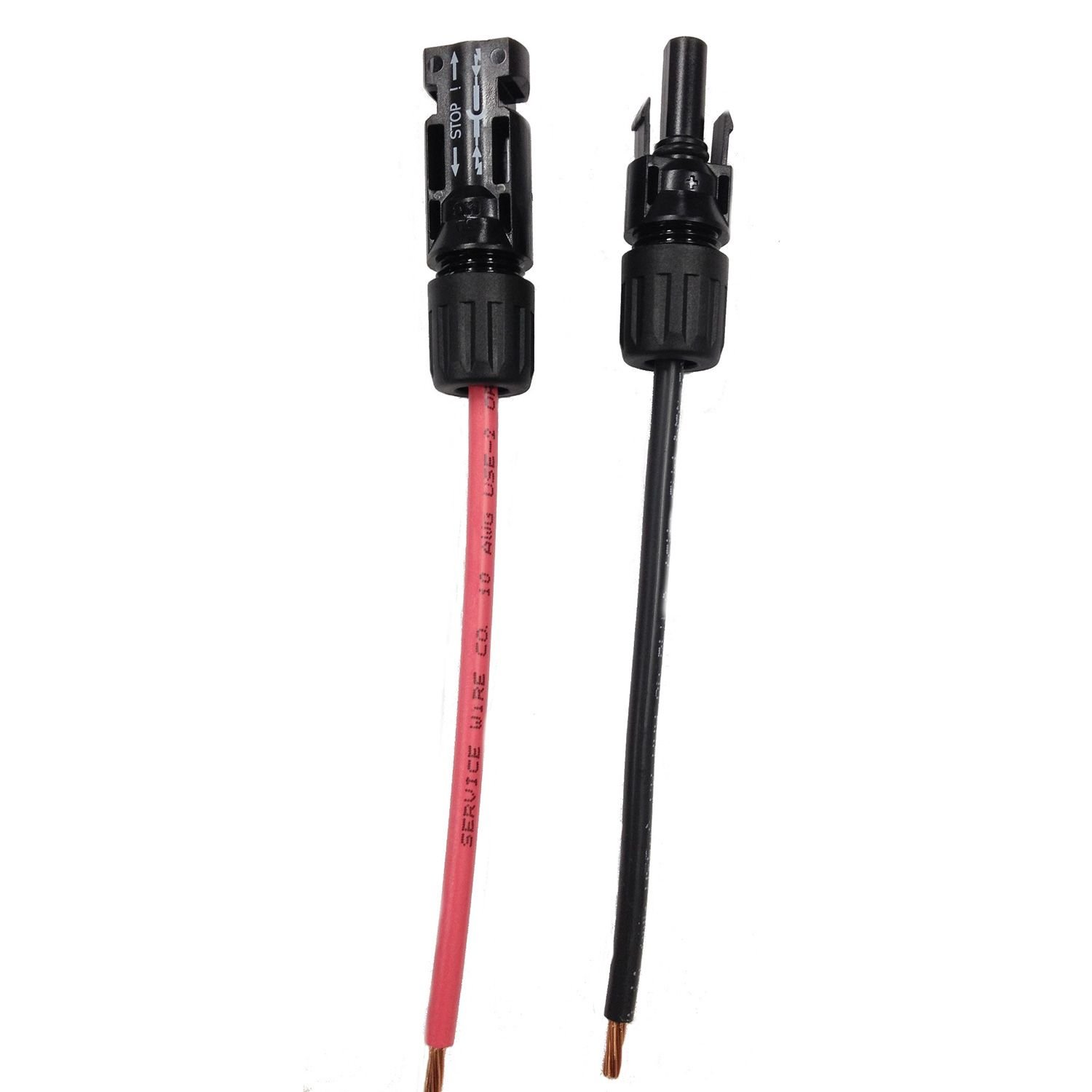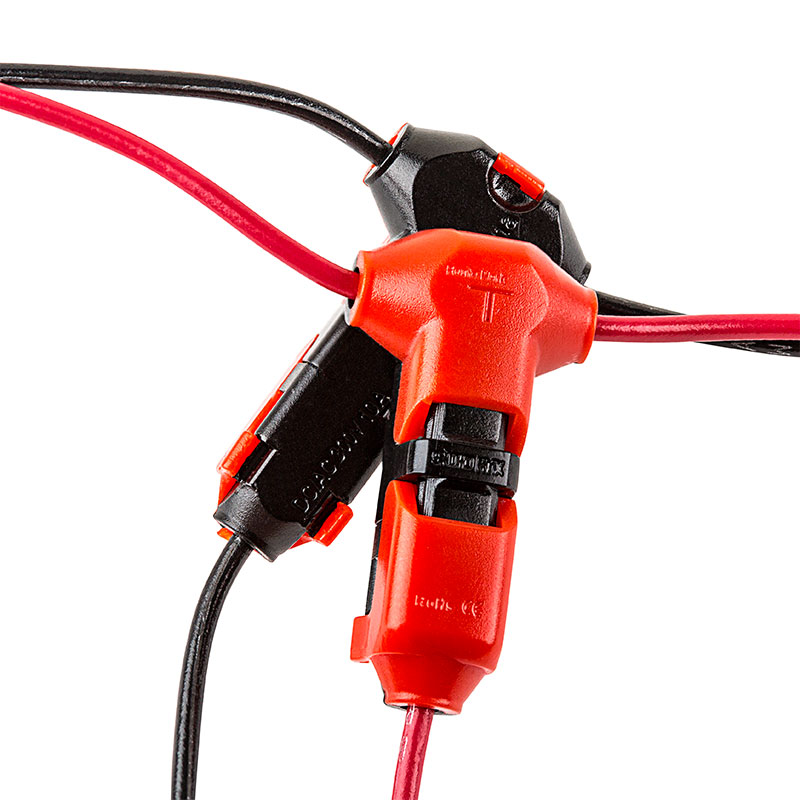Spaceman Spiff
Well-known member
- Joined
- Apr 5, 2014
- Messages
- 2,650
- Reaction score
- 650
BradKW said:#4 awg is big, no reason to use anything bigger than #8 I believe, and even that is probably overkill to the CC.
I disagree. AWG 8 gauge will give a 7% voltage drop in a 10 ft run. AWG 4 will give a 3% drop. AWG 2 will be about 1% drop. Solar gives such little power that one wants to capture as much as possible. AWG 8 will work but IMO the power lost is not worth saving a couple of bucks.
The most problem resistant solution to combining 6 sets of leads into one is using ring terminals and a buss bar inside a waterproof box on the roof and running one pair of larger wires through the roof to the CC.
-- Spiff






